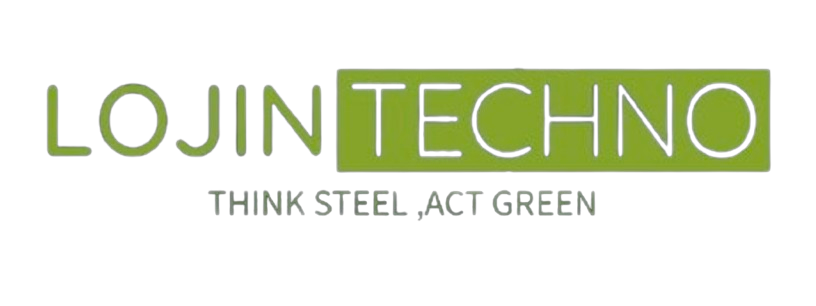Hydrogen can be categorized into different types based on the method of production. The main types of hydrogen include gray hydrogen, blue hydrogen, and green hydrogen. The choice of hydrogen for green iron-making depends on factors such as environmental impact, cost, and availability of resources. Here are the key types:
- Gray Hydrogen:
- Production Method: Gray hydrogen is produced through conventional methods like steam methane reforming (SMR) or partial oxidation, often using natural gas.
- Environmental Impact: It is associated with higher carbon emissions since the production process releases carbon dioxide into the atmosphere.
- Application: Gray hydrogen is typically used in industries where cost is a primary consideration, and carbon emissions are not a primary concern.
- Blue Hydrogen:
- Production Method: Blue hydrogen is produced using the same methods as gray hydrogen (SMR or partial oxidation), but carbon capture and storage (CCS) technology is applied to capture and store the carbon dioxide emissions.
- Environmental Impact: While it reduces the carbon footprint compared to gray hydrogen, some emissions are still associated with the production process.
- Application: Blue hydrogen can be a transitional option for industries looking to reduce emissions without completely shifting to green hydrogen.
- Green Hydrogen:
- Production Method: Green hydrogen is produced through the electrolysis of water, using renewable energy sources such as wind, solar, or hydropower. This process does not emit carbon dioxide.
- Environmental Impact: It has a significantly lower environmental impact as it does not produce carbon emissions during the hydrogen production process.
- Application: Green hydrogen is considered the most environmentally friendly option and is often preferred for applications where a clean and sustainable energy source is essential.
Hydrogen for Green Iron Making,
For green iron making, the transition to green hydrogen is often seen as a crucial step in reducing carbon emissions associated with traditional methods. The use of green hydrogen can be applied in various ways:
- Direct Reduction with Hydrogen:
- Description: Green hydrogen can be used as a reducing agent in direct reduction processes, replacing carbon-based materials like coke. This process produces “green iron” or “green steel.”
- Advantages: Reduces carbon emissions associated with traditional ironmaking methods.
- Hydrogen-Based Steelmaking Technologies:
- Description: Emerging technologies, such as hydrogen-based direct reduction or hydrogen-based electric arc furnaces, aim to use green hydrogen to produce steel with minimal carbon emissions.
- Advantages: Significantly lowers the carbon footprint of the steelmaking process.
The transition to green hydrogen in iron making aligns with sustainability goals and contributes to efforts to reduce the environmental impact of the steel industry. It’s important to note that the feasibility and adoption of green hydrogen technologies may depend on factors such as cost competitiveness, infrastructure development, and policy support.

